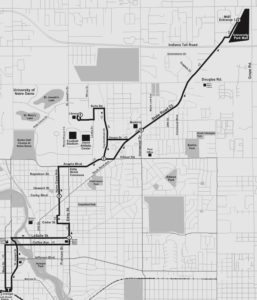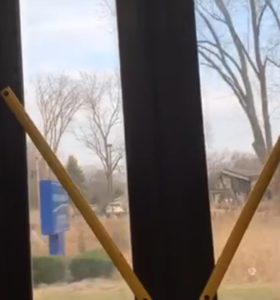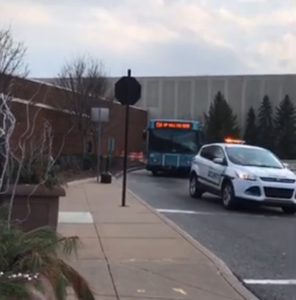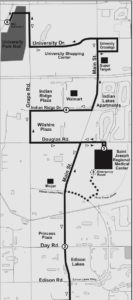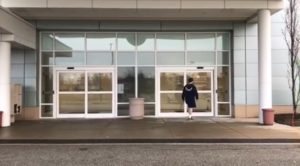I interviewed Julie at REAL Services, INC (Below is Julie, Front of REAL Services Building, REAL Services Logo):
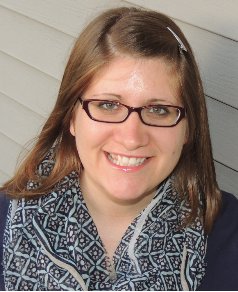
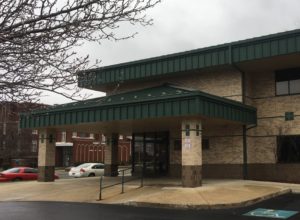
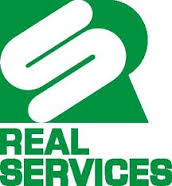
Name: Julie
Age: 29
Occupation: Director of Client Services at REAL Services, Inc.
Summary: REAL Services, Inc. is an umbrella social services agency that has over 20 programs including elderly care, energy assistance, nutrition and transportation, and community action. Real Services has a partnership with Saint Joseph Health and Memorial while serving patients across 5 counties in Northern Indiana. Patients can privately pay for transportation assistance or, if applicable, use Medicaid coverage to get transportation to and from health appointments. Real Services assigns Case Managers to certain patients that need help, particularly with transportation. Volunteers and paid employees help with patient transport, but there is a limited amount of these volunteers and workers which limits the dates and times that can be offered to patients for transportation.
Key Insights and Quotes:
Real Services has a diverse, interdisciplinary team composed of various professionals including physicians, nurses, bus drivers, workers at REAL Services, community workers, and social workers. This advisory team has been working to create a more efficient way to transport patient to and from their appointments. Real Services has a moderately sized fleet of cars and vans to help patients transport. They have tried to implement taxis in the past but had a negative experience with them as the taxis were dirty and unkempt (not ideal for patient transport). Finally, with the aging population (Baby Boomers), it is important to expect and respond to an increasing amount of elderly patients needing services.
“One patient said that the taxi driver was smoking in the car while driving the patient to the hospital.”
“We are looking into working with Uber, but we need more financial support to move froward with that.”
“While REAL Services does transport patients, but our transportation services operate within a very specific time frame which leaves some patients without transportation help.”
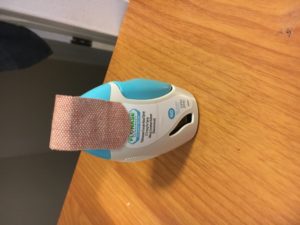
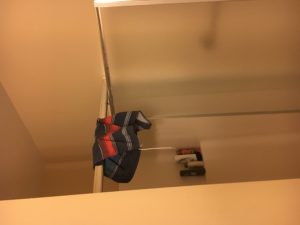




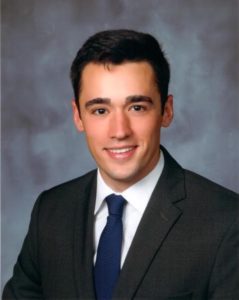
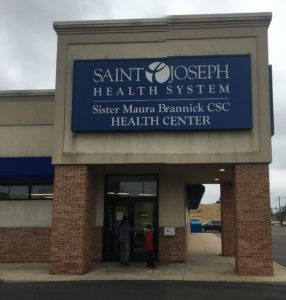
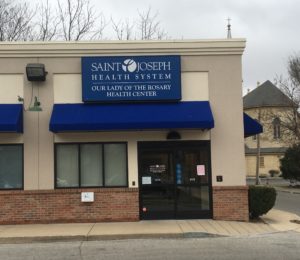
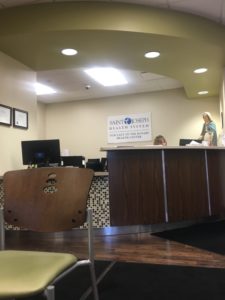
 – Patient did not like this image primarily due to the fact that the patient felt that buses were uncomfortable and even dangerous. Patient has tried to take buses to places in the past but has not had good experiences with them. The patient expressed that, due to the patient’s immobility (wheelchair), buses present a huge challenge and sometimes cannot accommodate the patient in an immobile condition.
– Patient did not like this image primarily due to the fact that the patient felt that buses were uncomfortable and even dangerous. Patient has tried to take buses to places in the past but has not had good experiences with them. The patient expressed that, due to the patient’s immobility (wheelchair), buses present a huge challenge and sometimes cannot accommodate the patient in an immobile condition. – The patient was elderly and did not have a smart phone. The patient was entirely unfamiliar with this image and was not interested in learning more about it.
– The patient was elderly and did not have a smart phone. The patient was entirely unfamiliar with this image and was not interested in learning more about it.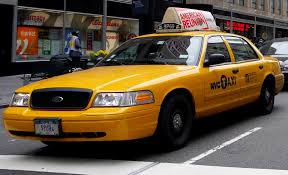 – The patient found this image to be fairly neutral. The patient has used taxis in the past, but for transportation to a health center. The patient also cited the cost of taking a taxi as a reason for avoiding this method of transportation.
– The patient found this image to be fairly neutral. The patient has used taxis in the past, but for transportation to a health center. The patient also cited the cost of taking a taxi as a reason for avoiding this method of transportation. – The patient felt best upon viewing this image. The patient expressed that this is her favorite method of transportation. While the patient cannot drive, the patient consistently has the help of family members who help the patient get to places, including health centers.
– The patient felt best upon viewing this image. The patient expressed that this is her favorite method of transportation. While the patient cannot drive, the patient consistently has the help of family members who help the patient get to places, including health centers.